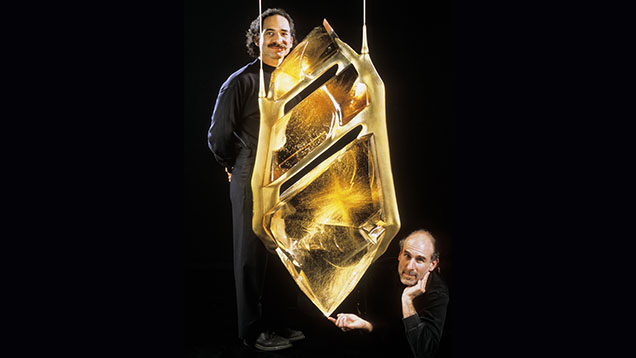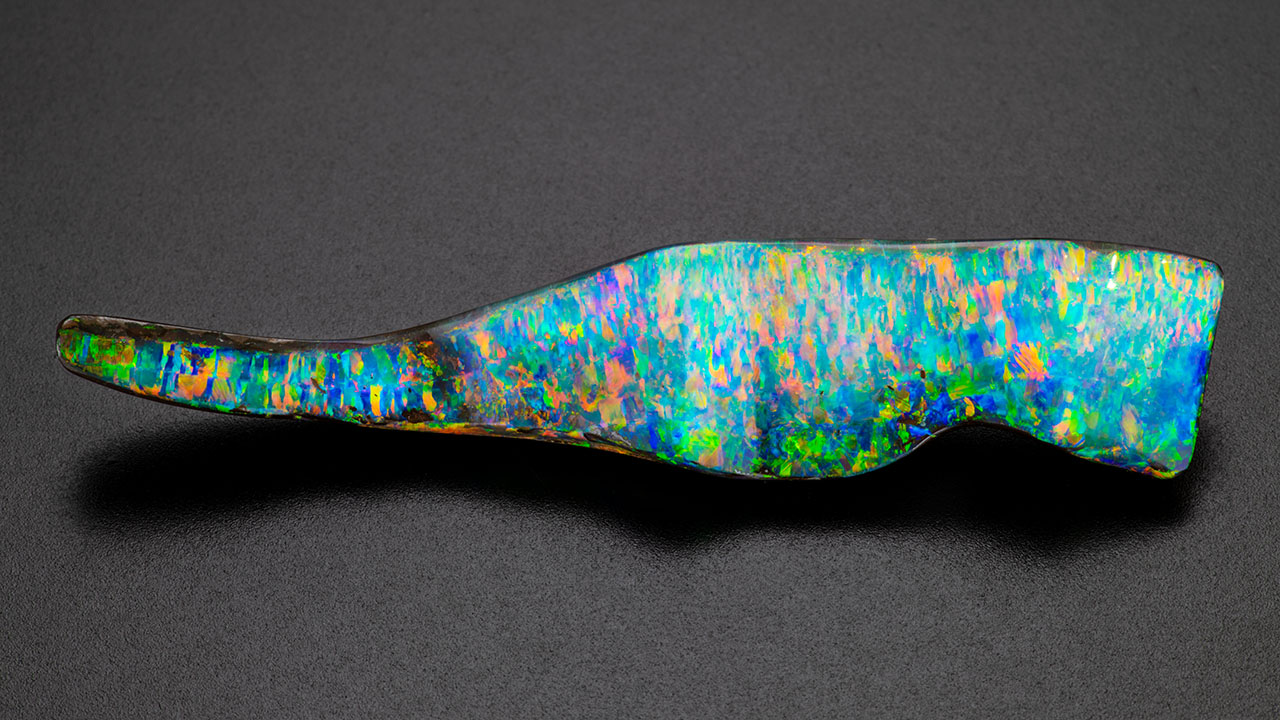Tucson 2023 Overview

This year’s Tucson shows were well attended, and many vendors were relieved by the strong sales. In fact, the only “complaint” from vendors this year was that for many it was too busy to take even a short break away from their booths. Some vendors reported selling less than in 2022, but still more than in pre-COVID years.
Supply chain issues resulting from lack of output during the pandemic are still being felt. For many sellers demand often exceeded supply, especially for fine-quality colored stones, and prices are increasing to reflect that. With this increase expected to continue, the heavy booth traffic could be due to consumers buying as much as possible at these price points. This corresponds with comments from Nathan Renfro on the GIA show services laboratory, which received a near-record number of submissions this year. As for the trends in materials submitted to the lab, he indicated a typical mix of the major stones: mainly ruby, sapphire, emerald, Paraíba tourmaline, and alexandrite.


At the AGTA GemFair and Gem & Jewelry Exchange (GJX) shows, sapphire, large freshwater pearls from China, and Ethiopian opal were among the eye-catching gems. Sapphire was once again a top seller, with blue and untreated colors doing especially well. Many fancy-color sapphires, including ones in saturated hues such as magenta, were available (Pantone’s Color of the Year for 2023 is Viva Magenta) (figure 1). There were multiple sellers of akoya, Tahitian, and “Edison” pearls in both venues. Most notably, “Edison” pearls were available in much larger sizes and with more saturated colors than in years past (figure 2). Non-nacreous pearls were also featured more prominently. Ethiopian opal, first introduced in Tucson in 2009, was very popular this year. It has climbed from a novelty to a gemstone found in top designer luxury jewels, such as the Zoltan David necklace shown on the cover of this issue and the pin featuring both Ethiopian opal and conch pearls in figure 3. Tourmaline from newly discovered pockets in San Diego County’s Pala District was also on display.



The demand for one-of-a-kind gems was apparent in all aspects—cut, color, and even inclusions. Nontraditional cuts such as slices, fantasy cuts, rose cuts, kites, and tablets were readily found in gems ranging from rutilated quartz to diamond (figure 4). Beyond nonstandard cuts, stones with obvious inclusions were very popular. The appeal of these stones centers on their uniqueness. “Salt and pepper” diamonds with multiple eye-visible white, gray, and black inclusions were available loose (figure 5) and in jewelry items throughout the shows. Similarly, nontraditional colors for particular varieties, including color-change stones, pastel colors (such as “mint” tourmaline), teal, and bicolor stones, were trending (figure 6). Strong demand for these nontraditional or one-of-a-kind stones comes from small-scale individual designers with the ability to promote to a wide audience via social media.
In 2020, we reported on the first Ethical Gem Fair in Tucson. This year, suppliers at the fair were pleasantly surprised by the number of large jewelry manufacturers who attended for the first time. The trend toward responsible sourcing, traceability, transparency in practices, and social awareness, which has long been a key differentiator for some jewelers, is clearly becoming more mainstream as customers increasingly demand to know more about the origin and impact of the stones they are purchasing. This year, jewelers at AGTA and GJX also emphasized the importance of providing an environmentally conscious product and the increasing demand from clients for full chain-of-custody information on stones. Similarly, many small-scale designers and buyers were seeking out gems mined in the United States, such as Montana sapphire, Oregon sunstone, and amethyst from the Four Peaks mine in Arizona. They noted high demand for these gems, which seem to satisfy consumer sustainability concerns. In many cases, the younger generation of jewelers has brought a focus on ethical and environmentally sound practices to multigenerational businesses.
We hope you enjoy our coverage of the 2023 Tucson gem shows, where you’ll find striking pieces we saw, the latest trends, mining updates, and more.
The following contributed to this report: Lisa Neely, Mimi Travis, Nathan Renfro, Albert Salvato, and Wim Vertriest.
























